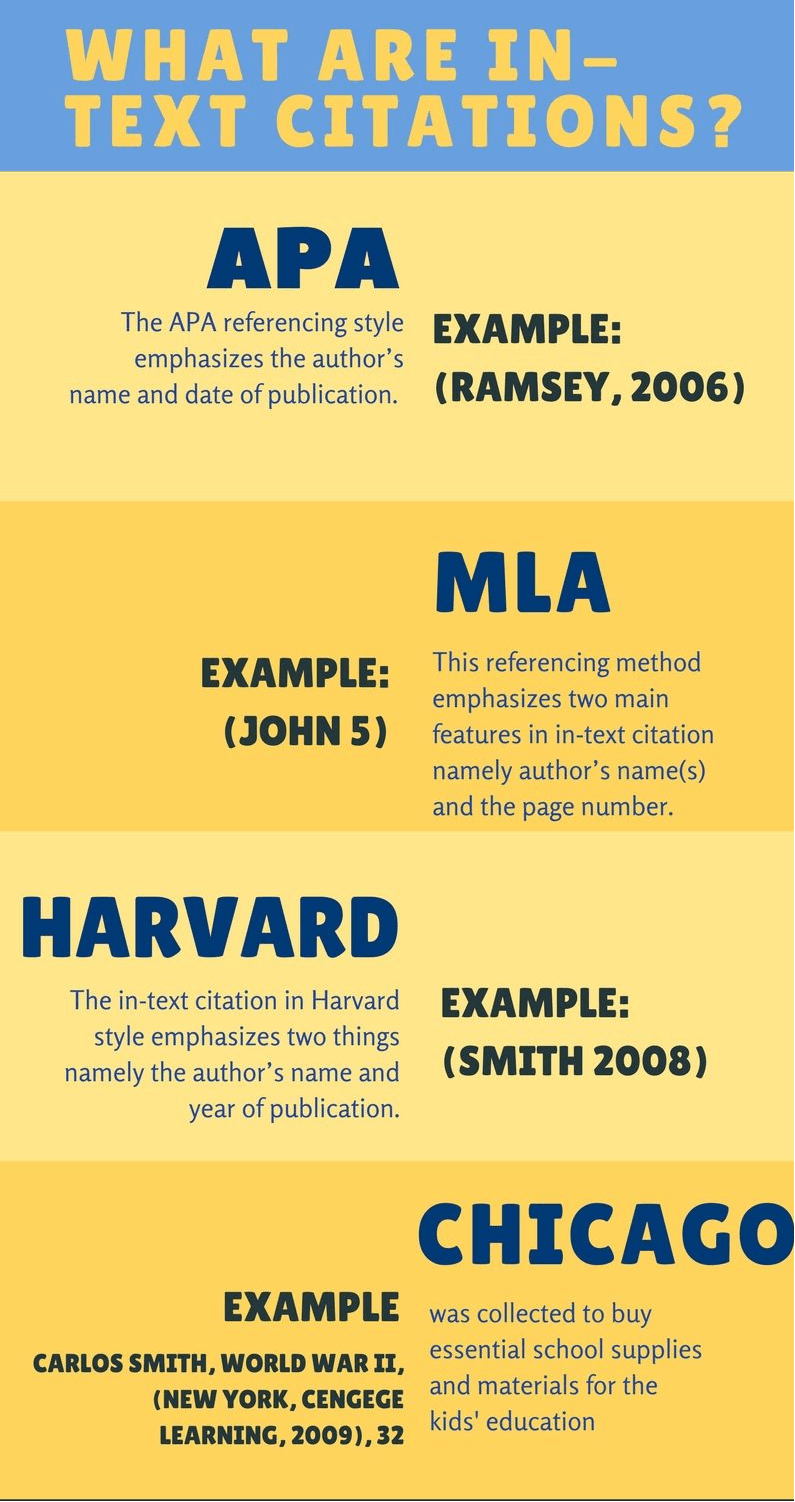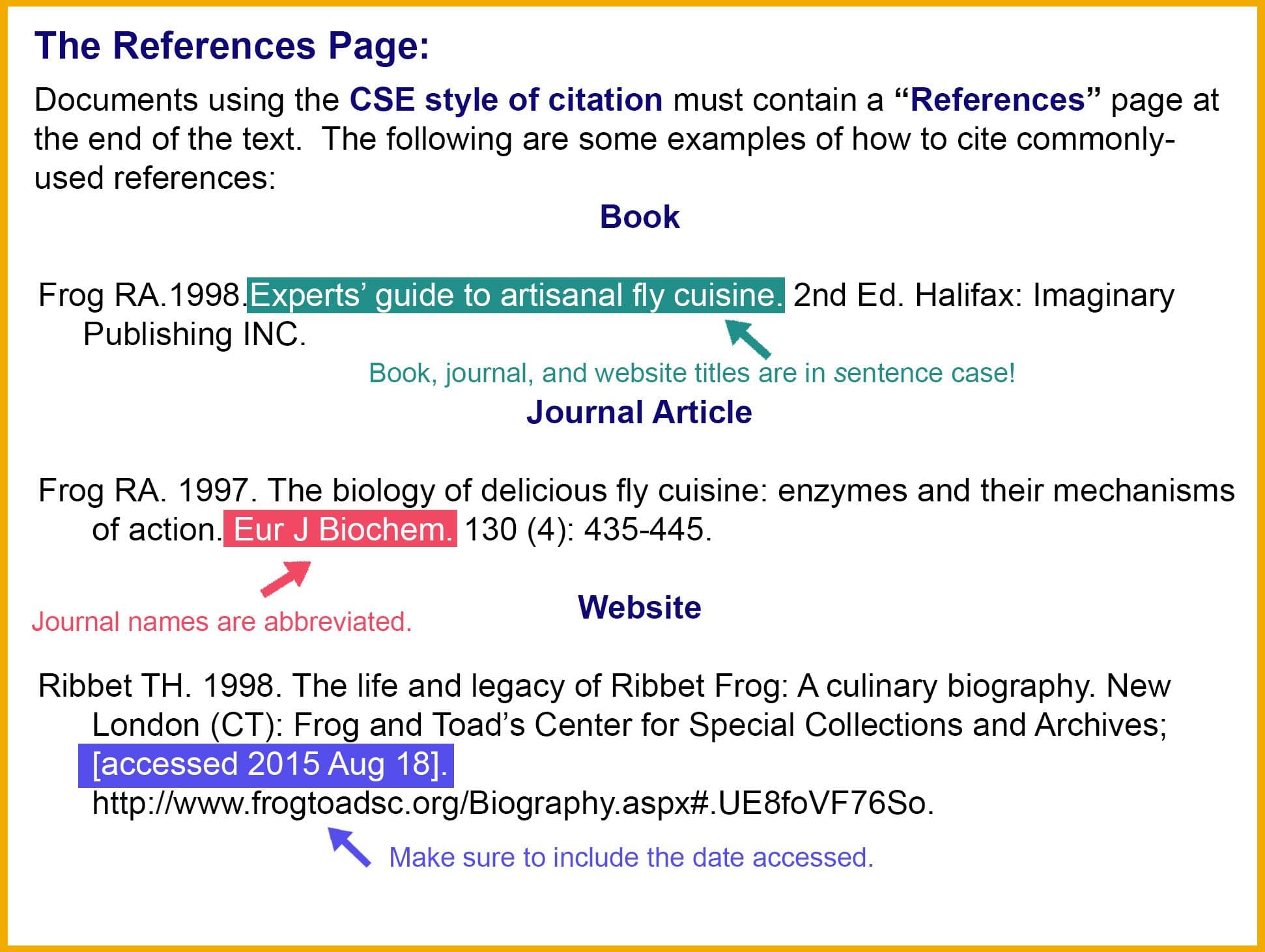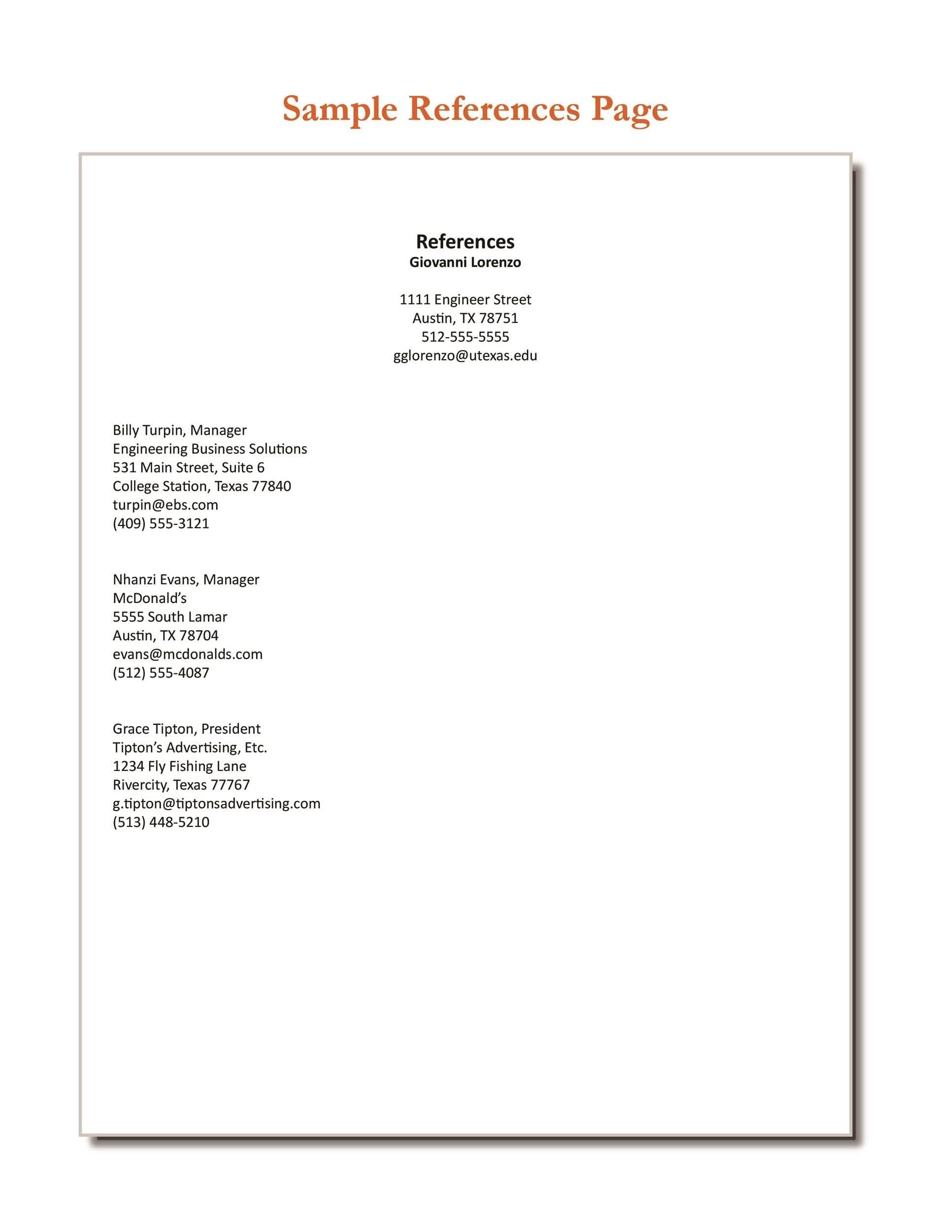Introduction
In the world of academic and professional writing, the citation of source material is undoubtedly the keystone of a work's credibility and integrity. Even as new-fangled ideas are unleashed upon the world, they do not come from a vacuum. When we look back through history, we can see a line of thinkers, inventors, and creators whose work forms a basis for the new stuff. In citing, then, we acknowledge a continuum of scholarly work, when all parts of a work (the work being lauded and the work doing the lauding) are considered together and in context, whether the author has or has not consciously aspired to such an effect.
Incorporating citations in the correct way helps authors avoid being accused of plagiarism. Indeed, it serves the much deeper purpose of protecting and maintaining an author's integrity. Citing might seem like a painful practice; however, it proves an author's intelligence, a command of a topic. And it also offers the reader access to proven resources that further illuminate and justify what a writer is saying. If a writer is in command of the act of citing, then they are well on their way to being an authority on their own topic.
The changing academic landscape means that citation is now more important than ever for students, researchers, and professionals to master. Citing sources is not just an exercise in good behavior; it is a part of the academic enterprise that elevates the quality and reliability of scholarly communication. When people pay attention to citation practices, it breeds trust. When it "breeds trust," it also contributes as a voluntary and sometimes an unseen part of the academic enterprise in the humble "advancement of knowledge."
Understanding citation styles
Correct practices of citation are absolutely essential and extremely important in the realm of academic writing. They not only help to maintain the integrity of the academy but also and especially help to give due credit to the people who produced the original ideas that are being referenced. The major styles of citation have evolved over time to meet the specific needs of different academic disciplines. Each of those disciplines has its own conventions and requirements that govern the appearance and substance of the citations that its members produce.
The social and educational sciences predominantly use the style of the American Psychological Association (APA). This an "author-date" citation system, with the publication year emphasized in in-text citations. APA style is not only simple and straightforward but also an efficient way of presenting information, particularly in the rapidly advancing sciences. The Modern Language Association (MLA) style is predominantly used in the humanities. MLA is also a relatively simple system, though it is more oriented toward the humanistic disciplines. Both systems and the Chicago Manual of Style are quite appropriate for many forms of writing in the social and humanistic sciences.
The numbered citation system is employed by the Institute of Electrical and Electronics Engineers (IEEE) style, used in technical fields, while the American Medical Association (AMA) style serves medical and health sciences publications.

(Note. academic citation styles comparison chart showing APA MLA Chicago IEEE AMA formats)
Selection Criteria
Choosing the right citation style calls for some serious thought and a few good reasons to pick one over another. The chief reason for selecting a particular style is your academic discipline; each field of study has its own citing proclivities. The most academically prominent citation styles are the APA (American Psychological Association), MLA (Modern Language Association), and Chicago styles, with APA and MLA citations becoming more common in content area classrooms. You probably know some of the basics of these styles; however, in-depth knowledge of any style improves not only your citing but also your overall writing.
The choice of citation style is also affected by who the target audience is. If you're writing for a technical audience—like one that would be familiar with IEEE standards, for example—then you'd be expected to provide numbered references in such a way that your audience could easily find the source materials with just a quick glance. On the other hand, if you're writing for an audience made up predominantly of humanists, then you'd better be ready to provide author-focused references that would give the appearance of facilitating some actual scholarly discourse, if only because that's what your audience would expect.
Different citation styles exist for a reason. Each has a distinct focus and serves a specific academic purpose. The APA style emphasizes the importance of the sequence in which one presents findings. It is my favorite style because it is so nitty-gritty and yet so clear about what a writer needs to do. I worked with the IEEE style when I was in college. It is not as detailed as APA but is clear, almost to the point of being rude. The author is side-stepped in IEEE, but the work is honored. Then there is the style I used in high school and never understood: the Chicago style. Ugh.
Choose your citation style based on the conventions of your discipline, the requirements of the publishers you work with, and the expectations of the readers you write for. Citation, after all, is like any other feature of scholarly writing—it must be responsive to the kind of work you're doing, the conversations you're trying to enter, and the audiences you're hoping will pay attention to and engage with your ideas.

(Note. examples of different academic journal citation formats side by side)
Effective Citation Integration
Integrating citations into academic and professional writing takes skill and has a substantial payoff in the credibility and scholarly rigour of a document. A citation invites the reader to pay attention to the existing work on which the new document builds; it creates a dialogue, even a quarrel, between authors across time and disciplines. The practice of citation today is serious business—worth billions to industries from the "old school" of citation manuals to the "new school" of digital tools.
Common Challenges and Solutions
Maintaining a natural flow of ideas while incorporating citations is one of the main difficulties that writers encounter. The aim should be to give the appearance that materials drawn from outside sources were always part of the text and to maintain the natural rhythm of the prose. One mistake too frequently made is relying too heavily on direct quotation. Writing that consists largely of direct quotations is bound to seem choppy and unoriginal. Writers should make use of direct quotations, but they should also feel free to use the material they quote in a way that permits them to say something in their own words and in a way that credits the original sources. Another big problem that not only writers but also their readers face is the question of when to use a citation. A good rule of thumb is to use a citation whenever the original ideas, data, or arguments of someone else are being presented. And if you're not quite sure whether to use a citation or not, it's safer to err on the side of using one.
Citing work within the field demands the same sort of careful context and relevance that goes into the selection of audience and purpose. It's necessary not just to slip into a paper any ol' citation of work that one is kerneling (as is common in the work of certain digital humanists): citation for the sake of just having something composed in the digital realm, when in actuality what is composed could easily lend itself to an argument for or against the value of this or that work (e.g., a wooden, digital book; the Guggenheim's basement treasures). Instead, one's work ought to embody selectively purposeful citation and a kind of citation management that even ignoring the digital humanities woodenness of it all has led to the well-deserved bad reputation that certain branches of the field now have.
Writers need to keep a number of things in mind when integrating citations into their work. First, they should understand the fundamental purpose of a citation and their work's relationship to what is already out there in the world; in this way, the writer acknowledges the intellectual debt that every piece of work owes to what preceded it. Next, they should consider flow. Even the most sophisticated piece of writing can come off as stilted if the placement of its citations is awkward or if it leans too heavily on the direct quotation. Writers should also remember: Citing is not just about the words; it's about the way those words are delivered to signal an intellectual conversation to the reader.

(Note. professional writing with citations example document)
Best Citation Tools - PaperGen.ai
Today, maintaining scholarly integrity and credibility requires more efficient means of managing citations. The academic world has undergone a series of alterations due to the digital revolution, and this has quite obviously affected how researchers and writers deal with citations. More streamlined tools are available now that not only save time and enhance accuracy but also allow for more sophisticated organization of not just citations but also the many different kinds of resources referenced by academics. The tools I’m speaking of are the modern citation management software programs like papergen. This program are used by serious academics, not because they are mandatory but because they provide a means of achieving a higher level of scholarly professionalism.
Citation management has become more important than ever, especially in this age of digital messiness. With PaperGen, the work of managing citations can be reduced to nearly nothing on your part. You still get to be the author, but the thoroughly digital PaperGen will serve as your helpful ghostwriter and will ensure your paper is riddled with citations that are both accurate and consistent. If you fancy yourself a credible entity and uphold the standards of academic integrity, PaperGen is a service you can trust that will help you manage your citations with ease and grace.



